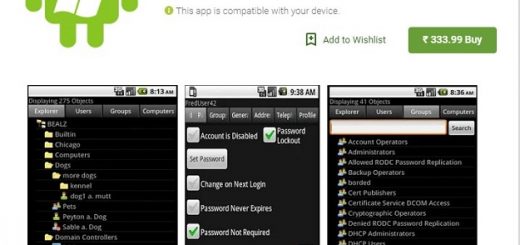Capturing the vast expanse of the ocean using a drone camera can result in some captivating and awe-inducing imagery. But flying a drone over a water body is different from flying it over land.
Not only can this be more difficult, but the drone can be at greater risk of being accidentally damaged.
In addition, your videos and images might also look too dull or dis-interesting. Keep the below seven points in mind when using drones over water bodies.
Reflections
One big challenge you will face when shooting water bodies, whether it be using a GoPro Karma or any other drone camera, will be the reflections from the water. This will be a more serious issue when you shoot during the afternoon when the sun will be at its brightest and the reflections will be at its most intense. However, you can avoid letting the reflections affect the quality of your videos by making certain adjustments in how you position the drone.
For example, reflections will normally bounce off the water surface in the opposite direction from where the sun rays hit the water. So, if the sunlight hits the water at an angle of 60 degrees on the right side of the drone, then you should expect the reflections to be angled at the drone’s right side. Knowing this will allow you to position the drone in such a way that it avoids the reflection from hitting the camera, thereby reducing the glare effect in the videos.

Shadows
If you are lucky enough to shoot a water body where the water is so clean that the bottom can be seen easily, then try to capture some shadows of the floating objects. So, if there is a tiny boat floating on the surface of the water, the capture it at an angle where its shadow can be seen being cast at the bottom surface of the water body. This will give the videos a great depth and make it look livelier.
Exposure And Subject
When you shoot a video on an ocean surface and wish to bring an item on the ocean into focus, then you should never try to set the exposure depending on the water. Instead, set the exposure so that the subject will be correctly exposed. This will capture the details of the subject. You can then adjust the exposure of the ocean in post.
VPS
Many drones have a Vision Positioning System (VPS) that helps them with flying properly. However, if the drone is gliding very close to the water surface, then it is recommended that you switch off this feature. This is because since the water surface is constantly changing, the VPS system might not work correctly. As a result, the drone might crash into the water because of its inability to gauge the water surface. It is to avoid such a possibility that it is advised that you turn off the Vision Positioning System when flying the drone close to the water surface.
Waves
Be very wary of the waves. Some waves can get pretty tall that your drone might end up being too close to its path. And if you are busy with checking the video feed in the monitor rather than keeping an eye on the drone, then the waves might crash into the gadget and damage it. So, always watch out for the drone, and only check the monitor once you fly the drone at an appropriate height which is guaranteed to be out of the reach of the waves.
Water Movement
When you are trying to capture the movement of a water body, you should look into reducing the shutter speed. Doing so can give the water an ethereal look. Try setting the shutter speed at 1/10th and 1 full second. This will make the ‘chunky’ look of the water go away, smoothening it out. As a result, the water will have the famous ‘cotton candy’ look. However, this also means that too much light will enter the camera, thereby disrupting the proper exposure of the camera. As such, you should always have an ND filter ready in such situations. This will counter the negative effects of opening the shutter for too long, keeping the image darker.
Information Stickers
No matter what precautions you might take, there is a good chance that the drone will crash into the water body somewhere along the line. If this happens and you are not able the drone, then you will lose it forever. So, paste a couple of waterproof stickers on the drone and write down your contact info. Doing so will ensure that anyone discovering the drone will be able to contact you and return the drone.




